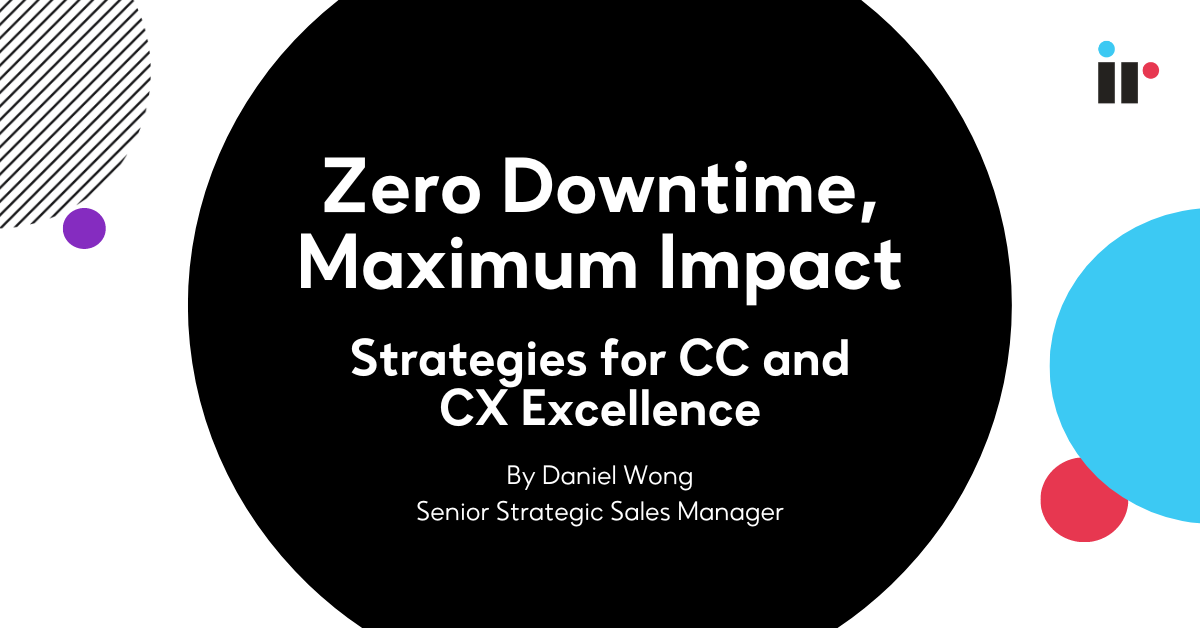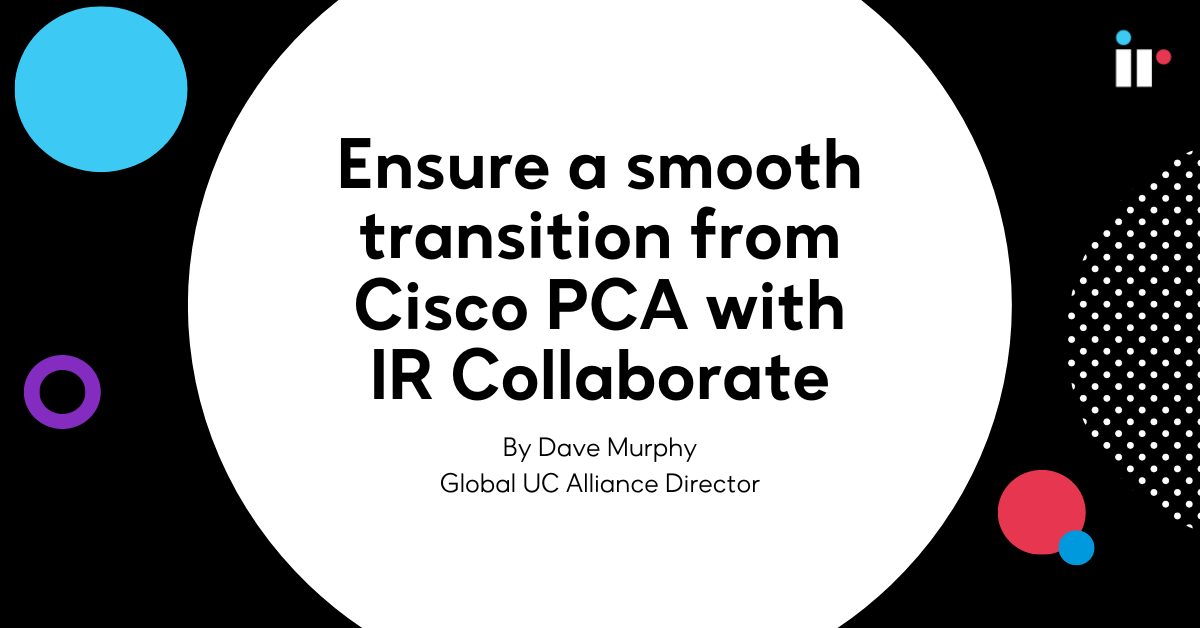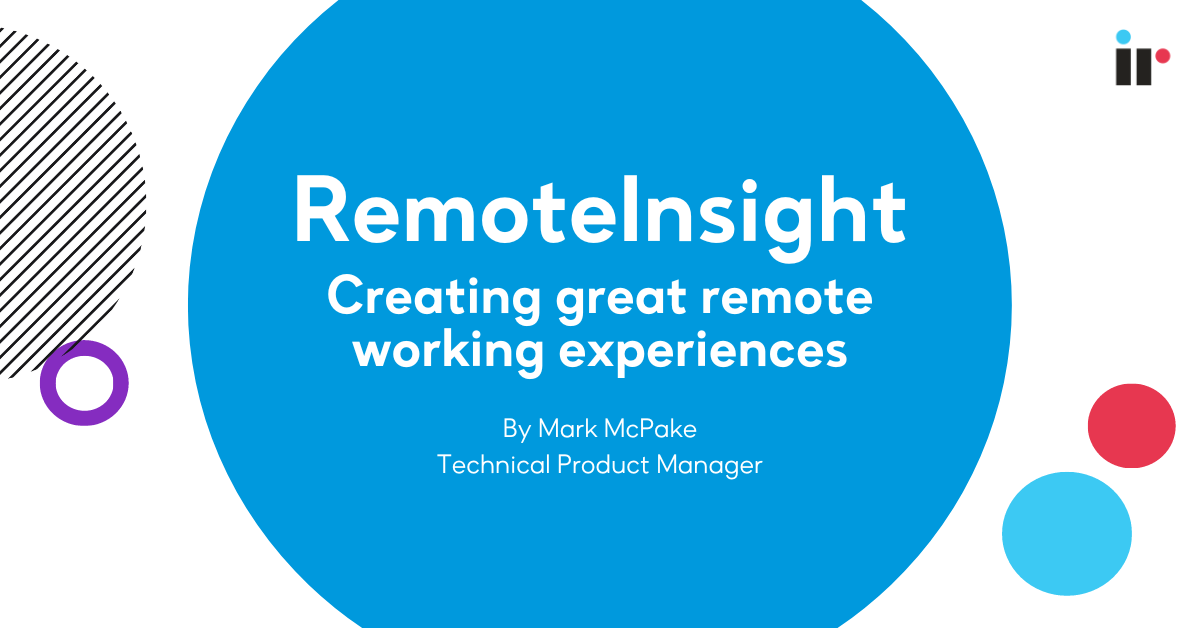BroadSoft's recent research predicted cloud UC market penetration would jump from 7% percent today to 41% by 2020 of the overall UC space.
According to Gartner the enterprise UC-as-a-Service market is moving from the early adopter phase to early mainstream phase. Even companies once unwilling to move to the cloud are staring upward and launching small groups of users into the cloud.
And yet many IT teams are still anxious about the consequences of migrating to the cloud and uneasy about maintaining the quality of the UC experience.
It's not surprising. Cloud migration is not without its hazards. You must consider your internal network performance and the unknown network, i.e. the ISP's network and the public internet, which sit between you and your cloud vendor's UC service. It's not an easy task to control the functioning of your internal network; ensuring the performance of an Internet service provider (ISP) and public Internet is whole other kettle of fish.
Therefore, moving unified communications to the cloud is a much greater challenge than other functions. If you've moved your file storage to the cloud and have to wait an extra twenty seconds for a document to load, it's not the biggest deal. But what if you're on a phone call with an important customer and the network seizes up? This could potentially cost you sales.
When you decide to move your UC to the cloud follow these 5 steps to success.
Adopt a Hybrid Approach
Transitioning to the cloud needn't be a hard-line plan. Many enterprises embrace a hybrid approach, moving some systems, while continuing to run others on-premises. A hybrid route is suitable for UC. It may be optimal to transfer some functions to the cloud from the start whereas other functions, for example the contact center, stay on premises.
Hybrid UC solutions take advantage of the on-premises infrastructure you've already fine-tuned and successfully connect it with cloud services. Gartner suggest that integrating on-premises UC with cloud UC remains important as these options mature.
The first thing you need to consider before making decisions around which functions and departments should be moved to the cloud and when, is your Internet connection. Will it handle a swell in capacity or bandwidth required to make your cloud usage successful? At a baseline, your connection must be reliable, have adequate bandwidth and a level of service to meet the data requirements of your organization.
Evaluate your Existing Environment and Rigorously Test the New One
It's critical to evaluate and test your environments before, during and after migration to ensure readiness and quality. Do not cut corners. First, assess your current performance. Then construct a benchmark so you know what you need to maintain a quality experience. Don't test for just one call. Test for hundreds of calls simultaneously using different modalities—audio, video, and content sharing to see where the breaking points are.
With testing, there's no point testing for the number of users or usage patterns you have today. Test for future usage patterns when you've added headcount and new types of usage, such as desktop video conferencing. You might not be using it right now, but could be in the future.
Test every day. Networks are constantly changing and as they change they need to be tested. Even simple networks are patchwork structures that grow over time; more end point devices, more storage, more computational power and more administrative rules. That means continual testing is a non-negotiable.
Beware of the Pilot Trap
Pilot phases can be deceptive. Usually a cloud trial with, say, 500 users is conducted to see how it goes. Everything went off without a hitch and the pilot may be a complete success. But what happens when you go live and add another 5,000 users? Forced to handle a big volume of traffic your new system may suddenly shake and buckle. At a minimum, you need to ensure your ISP has provisioned the right levels of bandwidth to account for all potential users.
Monitor Performance and Quality Proactively, Not Reactively
Reactive performance management doesn't help your contact center deal with problems in real-time. When you proactively monitor the quality and performance of conferences and calls, you put yourself in position to troubleshoot issues and isolate problems before the user experience is significantly impacted. In a hybrid cloud environment, in particular, there is a lot of equipment, from many different vendors, in play.
This means you must be able to take data from several sources and stitch it together to get a complete picture of what is happening across your entire solution. Proactive performance management is actually more important than ever in the modern cloud enabled world, knowing about potential problems immediately, or even before they happen, will ensure you maintain an efficient workforce and positive user experience.
Long-term UX and Performance Strategy is as Important as Short-term
Planning your migration to the cloud shouldn't just think of the initial move, or its aftermath. You need to think long-term and develop a strategy that supports a wide set of vendors in your journey to the cloud. Most organizations today are not on a single unified communications platform, they're on different platforms from many UC vendors. That's why you need a holistic communications experience-management solution with the capability to accommodate various technologies, from multiple vendors, especially as you shift from one platform to another and transition more and more of your UC operations to the cloud.
Evolution is inevitable and the cloud is where many organizations are ultimately headed. But as you transition your unified communications from on-premises or managed services to the cloud, you must ensure quality remains strong and the user experience robust. Follow the five steps above and your ascent to the cloud will be a successful one.





